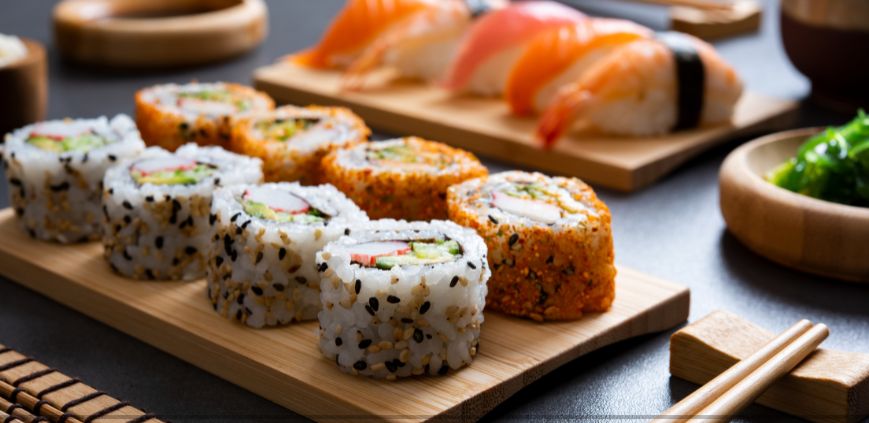Things to Consider Not Eating
If there’s one thing that keeps people coming back to cruises over and over, it’s the food. For many cruise lines like the Silversea and Seabourn, not only does the food come in abundance, but it’s well known for being high quality. That being said, no matter the cruise line or the quality of the restaurants, some foods should always be avoided on cruises.
10 Foods to Avoid on a Cruise
1. Leafy Greens and Pre-Cut Fruits
While leafy greens and pre-cut fruits are healthy choices for your on-board dining, they can be contaminated with bacteria if not handled properly. Unless you’re certain of the cleanliness and handling practices, it’s safer to consume whole fruits you peel yourself and cooked vegetables.
2. Raw or Undercooked Seafood
Seafood is often a highlight of cruise dining, but consuming it raw or undercooked can pose significant health risks. Shellfish, in particular, can carry harmful bacteria and viruses. Stick to fully cooked options to reduce the risk of food poisoning.
3. Sushi from Questionable Sources
On the subject of raw fish, sushi can but it can present risks on cruises. Consuming it from questionable sources can be dangerous due to the potential for bacteria in raw fish. Consider sticking to sushi from reputable dining venues that adhere to strict food safety standards.
4. Exotic Fruits and Vegetables
Unique foods from ports of call are often tempting food options while vacationing. However, exotic fruits and vegetables can sometimes cause digestive issues if your body isn’t accustomed to them. Introduce these foods slowly and in moderation to see how your body reacts and to reduce the risk of serious gastrointestinal reactions.
5. Street Food at Ports of Call
Local cuisines from street vendors can also present a gamble. Hygiene standards vary widely, and the food might not be prepared under the safest conditions. We recommend expressing caution when venturing out and trying foods that you are unfamiliar with in new locations.
6. Unpasteurized Dairy Products
While unpasteurized dairy products can offer a rich, fresh taste, they can also be a source of harmful bacteria. Pasteurized foods have been exposed to high temperatures to destroy harmful microbes and are always safe to eat. Before consuming any dairy products, make sure that all dairy products you have on board are pasteurized to avoid sickness.
7. Tap Water
Even on luxury cruises, the tap water might not always be safe to drink, especially when the ship is docked. Do your best to stick to bottled water for drinking and brushing your teeth to avoid potential contaminants.
8. Ice in Beverages
Questionable tap water also extends to ice, as it can be a hidden source of contamination. On board, make sure your ice is made from purified water. At ports, it’s best to avoid ice altogether. Be sure to specifically ask for your drink to be served without ice.
9. Buffet Items Left Out Too Long
Buffet dining is convenient and abundant on cruises, but it can also be risky. The reality of buffet items is that there is no way to determine how long they’ve been sitting out or if they’ve been touched by other people. Foods that are left out for extended periods can have bacteria, leading to foodborne illnesses. Hot foods should be kept hot, and cold foods should be kept cold.
10. Room Service Leftovers
It’s tempting to save leftovers from room service–especially when what you’ve eaten is delicious–but these can quickly become a breeding ground for bacteria if not stored correctly. The USDA recommends disposing of all perishable foods that have been left at room temperature for more than two hours, or one hour if the temperature is over 90° F. Don’t stress about tossing out food that you’re not sure is still fresh or not. After all, there’s plenty of other food on board to enjoy.

